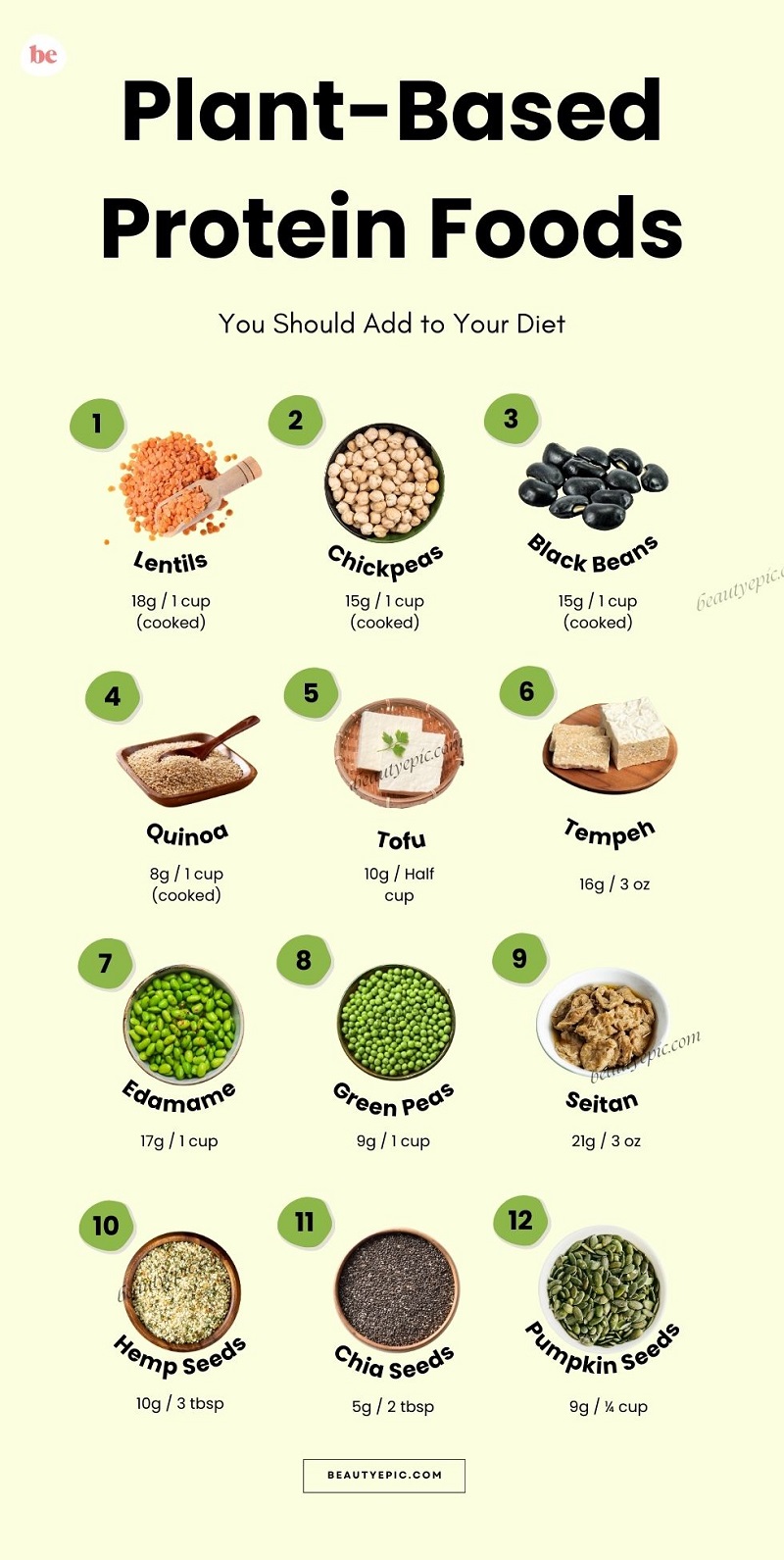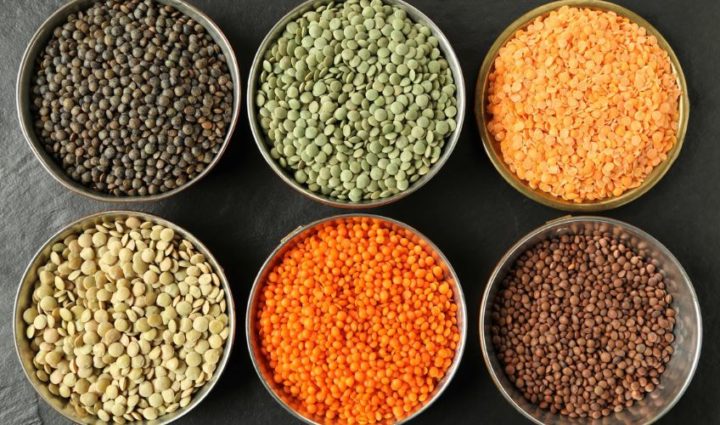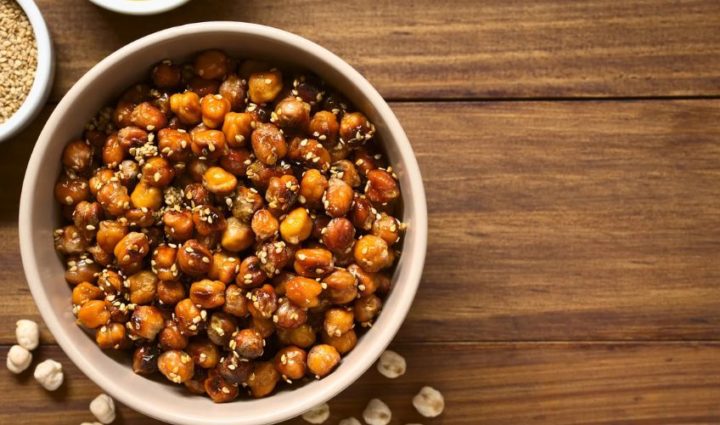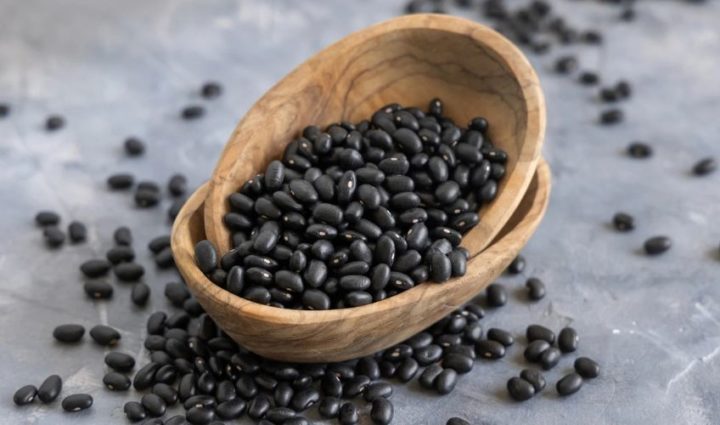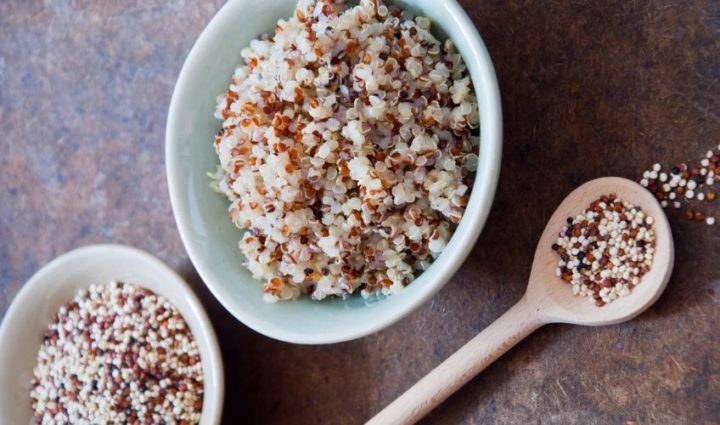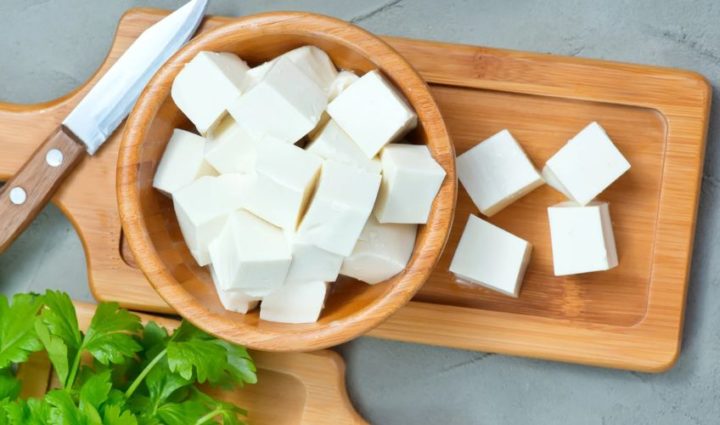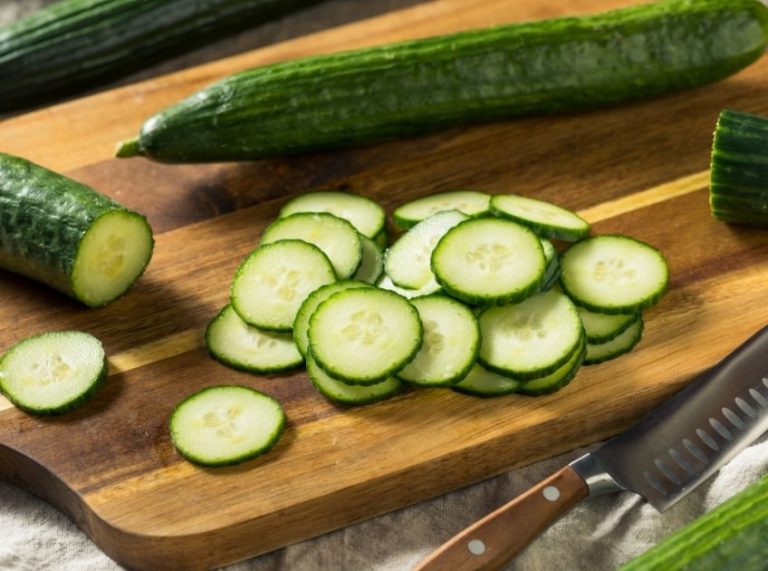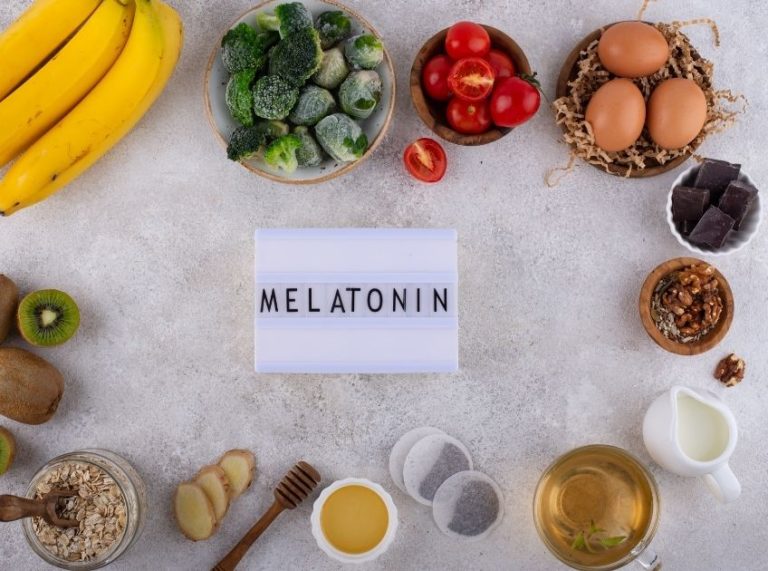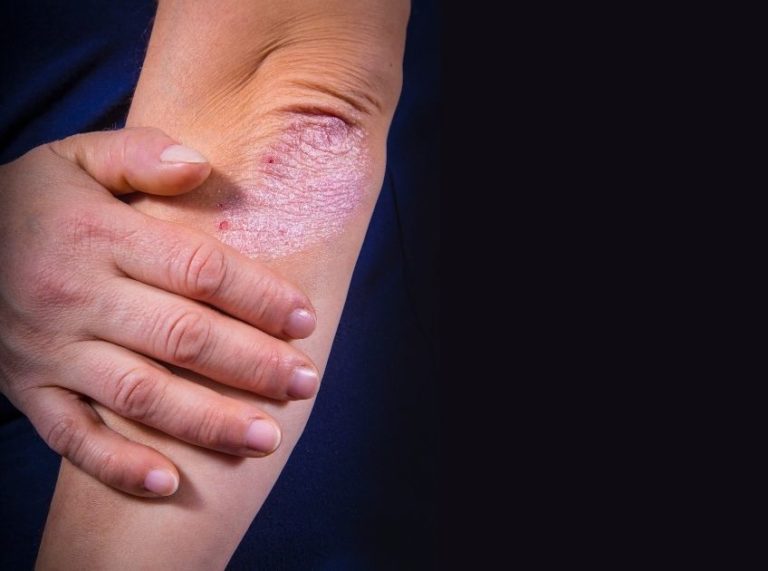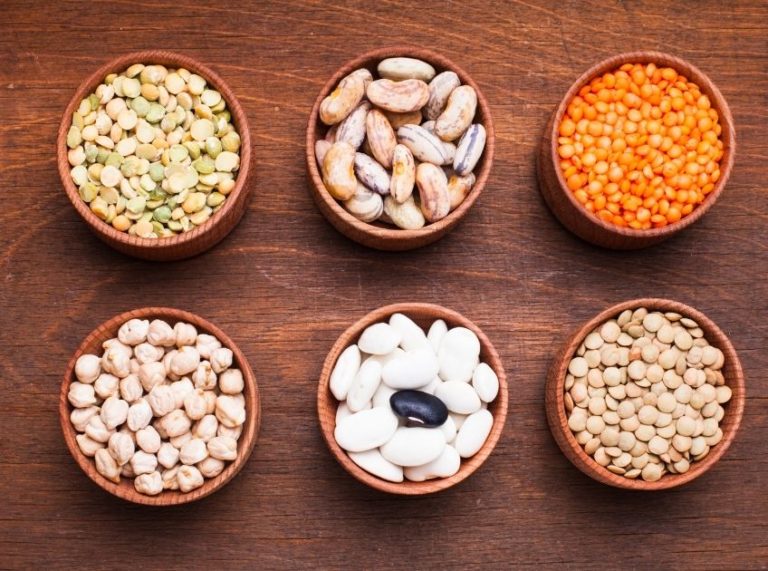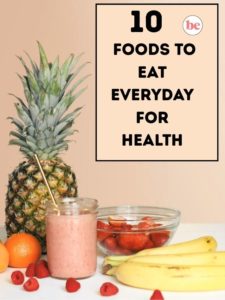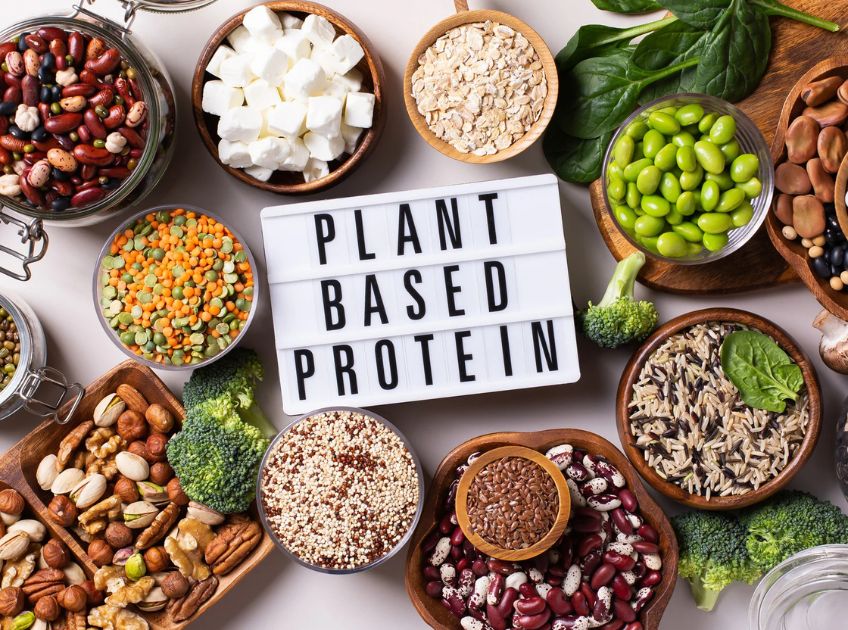
Important: This article is for informational purposes only. Please read our full disclaimer for more details.
Protein is often associated with meat, eggs, and dairy, but plants are powerful protein sources too. With the rise of vegetarianism, veganism, and flexitarian diets, plant-based protein has gained popularity not only for ethical and environmental reasons but also for its health benefits. Research published in JAMA Internal Medicine suggests that diets rich in plant protein are linked to reduced risk of chronic diseases, including heart disease and type 2 diabetes (1).
Article Contains
Whether you’re a committed vegan, a curious flexitarian, or just trying to diversify your meals, knowing the best sources of plant protein can help you meet your nutritional needs without relying on animal products.
The Top 15 Plant-Based Protein Superstars
Here’s a closer look at some of the best natural protein-packed foods that fit into any plant-based diet:
1. Lentils
Lentils are one of the most affordable and protein-rich plant foods. One cooked cup provides around 18 grams of protein along with fiber, iron, and folate. They’re excellent for improving digestion, stabilizing blood sugar, and supporting heart health.
Best uses: Soups, stews, Indian dals, salads, or as a base for veggie burgers.
2. Chickpeas (Garbanzo Beans)
With 15 grams of protein per cooked cup, chickpeas are both nutritious and versatile. They also provide manganese, iron, and fiber, making them good for blood sugar balance and bone health.
Best uses: Roasted chickpeas for snacking, hummus spreads, curries, or added to grain bowls.
3. Black Beans
Black beans deliver about 15 grams of protein per cup, plus antioxidants called anthocyanins that support heart and brain health. They’re also high in fiber, helping maintain a healthy gut microbiome.
Best uses: Tacos, burrito fillings, soups, or black bean brownies for a healthy dessert twist.
4. Quinoa
Quinoa is a rare grain that is a complete protein, offering all nine essential amino acids. One cup provides 8 grams of protein plus magnesium, iron, and fiber. Naturally gluten-free, it’s ideal for those with wheat intolerance.
Best uses: Salads, grain bowls, porridge, or as a rice substitute in stir-fries.
5. Tofu
Made from coagulated soy milk, tofu packs 10 grams of protein per ½ cup. It’s also a good source of calcium and iron. Because of its neutral flavor, it easily absorbs spices, sauces, and marinades.
Best uses: Stir-fries, scrambles (as an egg substitute), grilled dishes, or smoothies (silken tofu).
6. Tempeh
Tempeh, a fermented soybean product, contains 16 grams of protein per 3 ounces. Fermentation enhances digestibility and provides probiotics that support gut health. It has a firmer texture and a nutty taste compared to tofu.
Best uses: Sandwiches, stir-fries, grilled skewers, or crumbled into pasta sauces.
7. Edamame
These young soybeans are nutrient-dense, offering 17 grams of protein per cup plus folate, vitamin K, and magnesium. Edamame supports bone health and muscle repair, making it a favorite post-workout snack.
Best uses: Steamed with sea salt, tossed into salads, or blended into spreads.
8. Green Peas
Don’t underestimate peas—they provide 9 grams of protein per cup along with vitamins A, C, and K. They also contain lutein and zeaxanthin, antioxidants that support eye health.
Best uses: Pasta dishes, soups, mashed as a side, or blended into dips.
9. Seitan
Nicknamed “wheat meat,” seitan is made from gluten and is incredibly protein-rich, with 21 grams of protein per 3 ounces. It mimics the texture of meat, making it popular among vegans and vegetarians.
Best uses: Stir-fries, grilled kebabs, sandwiches, or as a meat substitute in stews.
10. Hemp Seeds
Just three tablespoons of hemp seeds provide 10 grams of complete protein along with omega-3 and omega-6 fatty acids. They support heart health, reduce inflammation, and improve skin elasticity.
Best uses: Sprinkled on smoothies, oatmeal, salads, or blended into protein shakes.
11. Chia Seeds
Two tablespoons of chia seeds contain 5 grams of protein, plus omega-3s and soluble fiber. They absorb liquid to form a gel-like consistency, which aids digestion and helps with satiety.
Best uses: Overnight chia pudding, smoothies, baked goods, or as an egg substitute in vegan recipes.
12. Pumpkin Seeds
A crunchy protein source, pumpkin seeds offer 9 grams of protein per ¼ cup, plus zinc, iron, and magnesium—key for immune and bone health.
Best uses: Trail mixes, sprinkled over soups and salads, or ground into pumpkin seed butter.
13. Almonds
Almonds provide 7 grams of protein per ¼ cup, along with vitamin E, magnesium, and healthy monounsaturated fats. They’re great for heart health and maintaining energy levels.
Best uses: Eaten raw, blended into almond butter, added to smoothies, or as a crunchy topping for oatmeal.
14. Spirulina
This nutrient-dense blue-green algae is a complete protein, offering 8 grams per 2 tablespoons. It also contains antioxidants like phycocyanin, as well as iron and B vitamins. Spirulina has been studied for its immune-boosting and anti-inflammatory properties.
Best uses: Smoothies, juices, energy balls, or taken as tablets/powder.
15. Nutritional Yeast
A vegan favorite, nutritional yeast provides 8 grams of protein per 2 tablespoons and is often fortified with vitamin B12. It has a nutty, cheesy flavor, making it a healthy alternative to cheese.
Best uses: Sprinkled over popcorn, pasta, soups, or used to make vegan “cheese” sauces.
Quick Comparison Chart: 15 Best Plant-Based Protein Foods
| Food | Protein (per serving) | Key Nutrients | Best Uses |
|---|---|---|---|
| Lentils | 18g / 1 cup (cooked) | Iron, folate, fiber | Soups, dals, salads, veggie burgers |
| Chickpeas | 15g / 1 cup (cooked) | Manganese, fiber, and iron | Hummus, curries, roasted snacks |
| Black Beans | 15g / 1 cup (cooked) | Antioxidants, fiber, magnesium | Tacos, burritos, soups, brownies |
| Quinoa | 8g / 1 cup (cooked) | Magnesium, manganese, fiber | Grain bowls, salads, porridge |
| Tofu | 10g / ½ cup | Calcium, iron | Stir-fries, scrambles, smoothies |
| Tempeh | 16g / 3 oz | Probiotics, fiber, magnesium | Sandwiches, pasta sauces, grilled |
| Edamame | 17g / 1 cup | Folate, vitamin K, magnesium | Steamed snack, salads, and dips |
| Green Peas | 9g / 1 cup | Vitamins A, C, and K, antioxidants | Pasta, soups, dips, sides |
| Seitan | 21g / 3 oz | Iron, selenium | Kebabs, stir-fries, and sandwiches |
| Hemp Seeds | 10g / 3 tbsp | Omega-3, omega-6, magnesium | Smoothies, oatmeal, salads |
| Chia Seeds | 5g / 2 tbsp | Omega-3, fiber, calcium | Puddings, smoothies, egg replacer |
| Pumpkin Seeds | 9g / ¼ cup | Zinc, iron, magnesium | Trail mix, soups, seed butter |
| Almonds | 7g / ¼ cup | Vitamin E, magnesium, healthy fats | Snacks, nut butter, toppings |
| Spirulina | 8g / 2 tbsp | Antioxidants, iron, B vitamins | Smoothies, energy balls, tablets |
| Nutritional Yeast | 8g / 2 tbsp | B vitamins (often fortified), zinc | Vegan cheese sauces, popcorn, pasta |
Do You Need Plant-Based Protein Supplements?
While whole foods should be the foundation of your diet, some people may benefit from plant-based protein powders. Options like pea protein, brown rice protein, hemp protein, and soy protein isolate provide concentrated amounts of protein. They’re particularly useful for athletes, bodybuilders, or individuals with higher protein needs.
Plant Protein vs. Animal Protein: Is There a Difference?
Animal proteins (meat, eggs, dairy) are typically complete proteins, while many plant proteins are “incomplete”—missing one or more essential amino acids. However, by eating a variety of plant-based foods throughout the day (like beans + rice or hummus + whole wheat pita), you can easily meet your amino acid needs.
Studies, such as those in the American Journal of Clinical Nutrition, show that overall protein quality from plant sources is sufficient for maintaining muscle, supporting recovery, and promoting overall health (2)(3).
The Benefits and Risks of Plant-Based Proteins
Benefits
- Heart Health: Diets rich in plant protein are linked to lower cholesterol and reduced heart disease risk.
- Weight Management: High fiber content in plant proteins helps with satiety.
- Lower Environmental Impact: Plant-based diets use fewer resources and produce less greenhouse gas than animal farming.
Risks
- Potential Deficiency in Vitamin B12, Iron, and Omega-3s: Vegans may need to supplement.
- Incomplete Proteins: Some plant proteins lack certain amino acids, but combining foods resolves this.
- Digestive Issues: High-fiber foods can cause bloating for some individuals if introduced too quickly.
What Science Says About Plant Protein
- A study in Circulation (2020) found that higher intake of plant protein was associated with a lower risk of premature death compared to animal protein (4).
- Research in Nutrients (2019) shows plant proteins support muscle building and maintenance when combined with resistance training (5).
- Evidence also suggests plant proteins may reduce inflammation, partly due to antioxidants and phytonutrients present in whole foods.
Frequently Asked Questions (FAQ’S)
1. How much protein do I need per day on a plant-based diet?
A. Most adults need about 0.8–1.2 grams of protein per kilogram of body weight. Athletes may need more (up to 1.6–2.0 g/kg).
2. Can I build muscle with plant-based protein?
A. Yes! Studies confirm that muscle growth is achievable with plant proteins, especially when consuming complete proteins like soy or combining sources.
3. Which plant-based protein is best for weight loss?
A. Foods high in protein and fiber—like lentils, beans, and quinoa—are excellent for weight management since they promote satiety.
Final Thoughts
Plant-based proteins aren’t just a substitute for animal products—they’re nutritional powerhouses in their own right. From lentils and quinoa to hemp seeds and spirulina, these foods provide essential amino acids, vitamins, and minerals that fuel your body.
